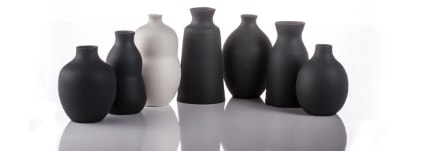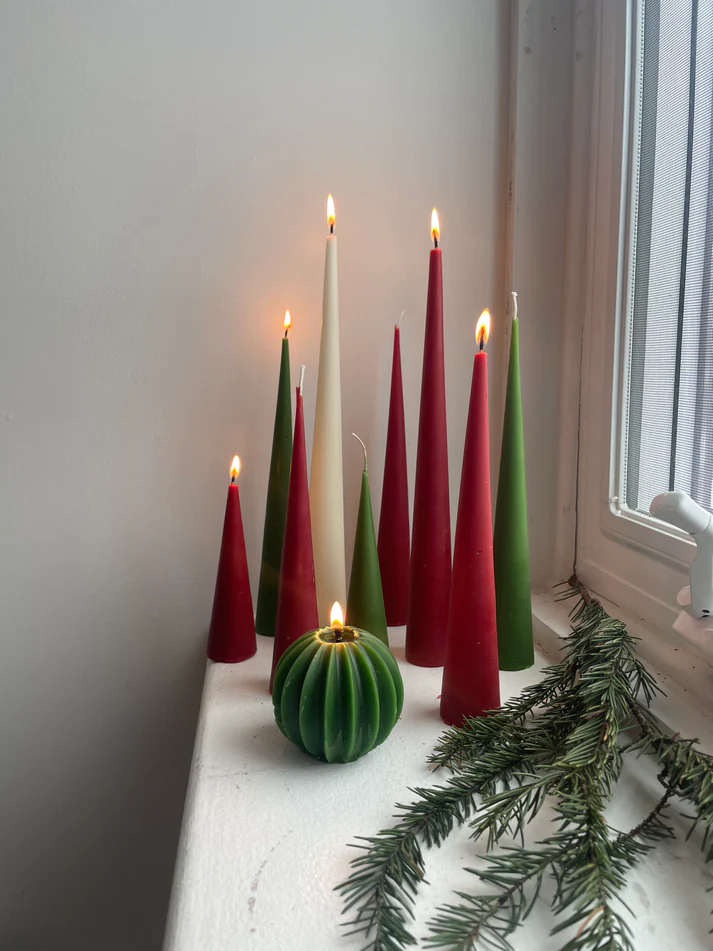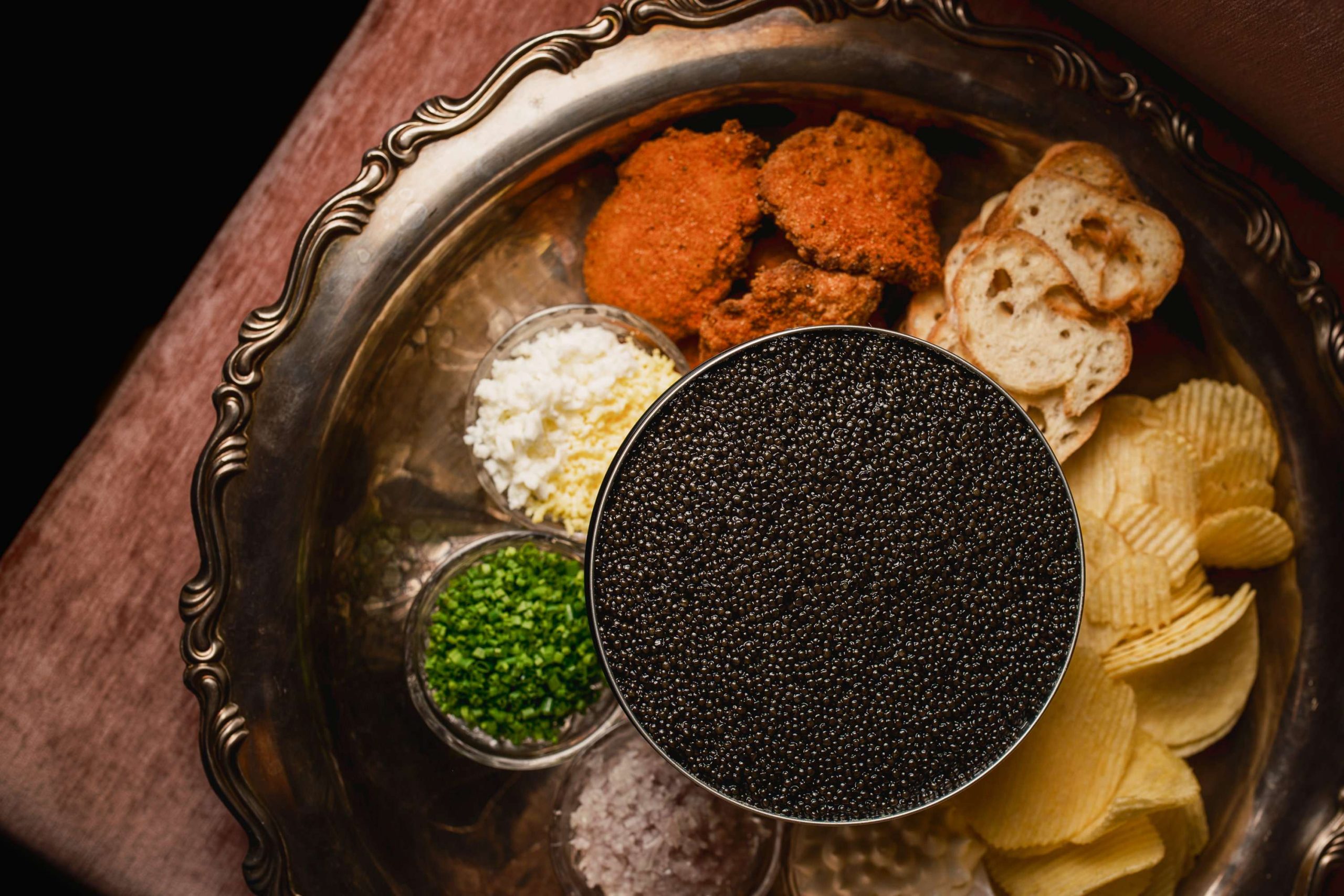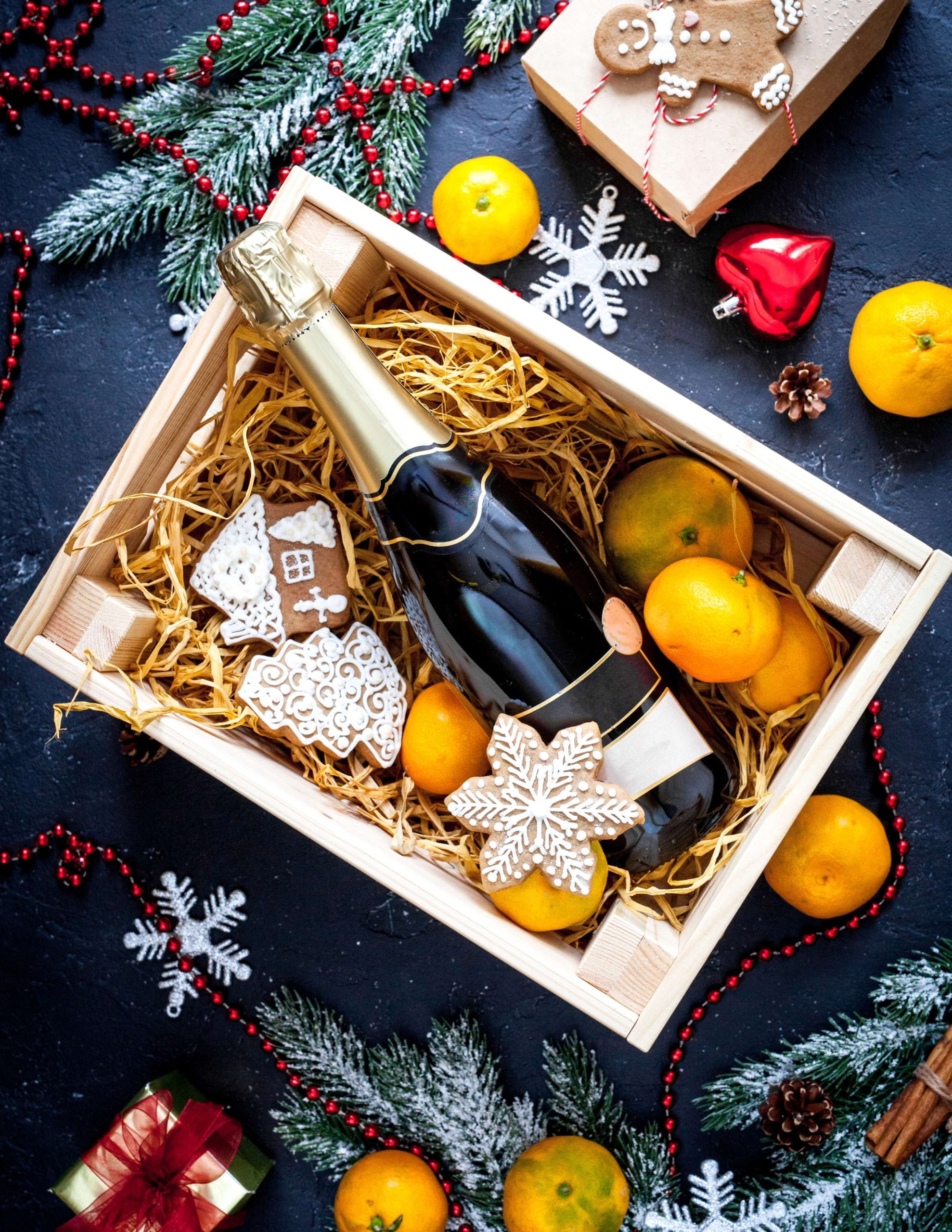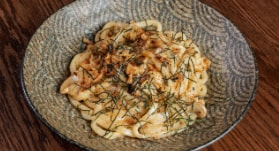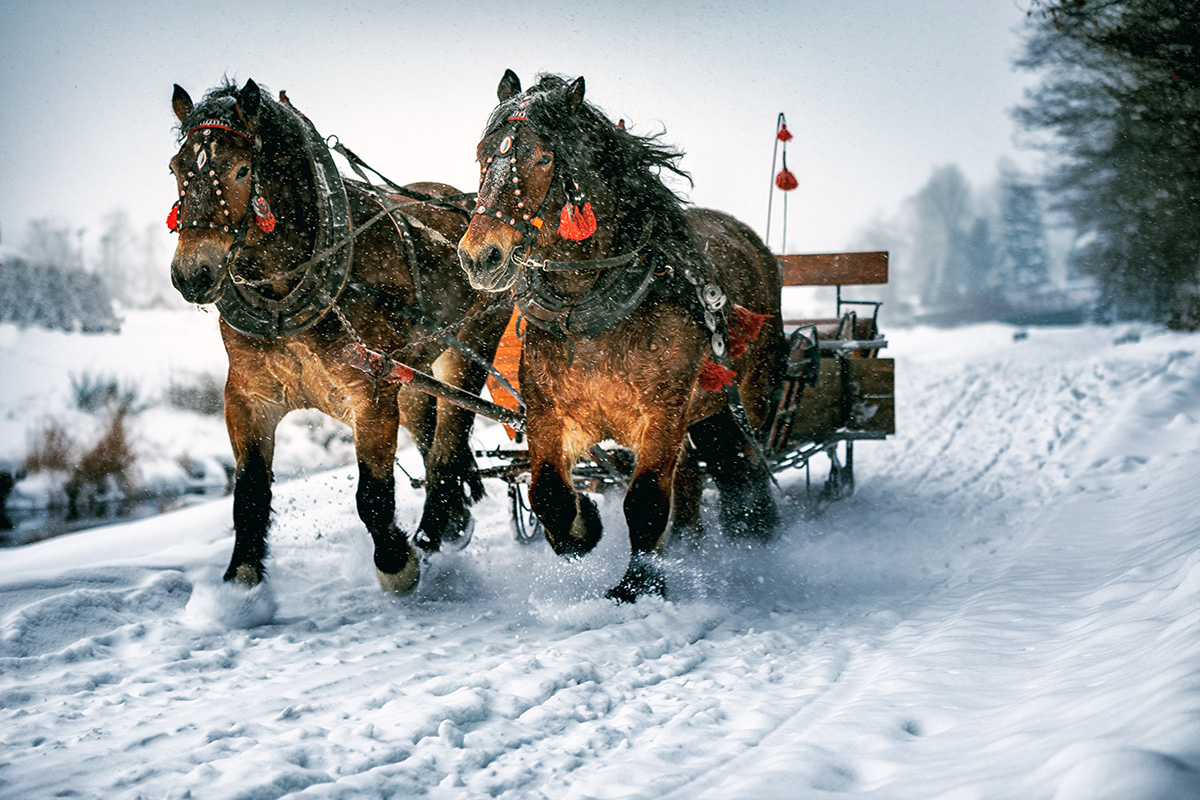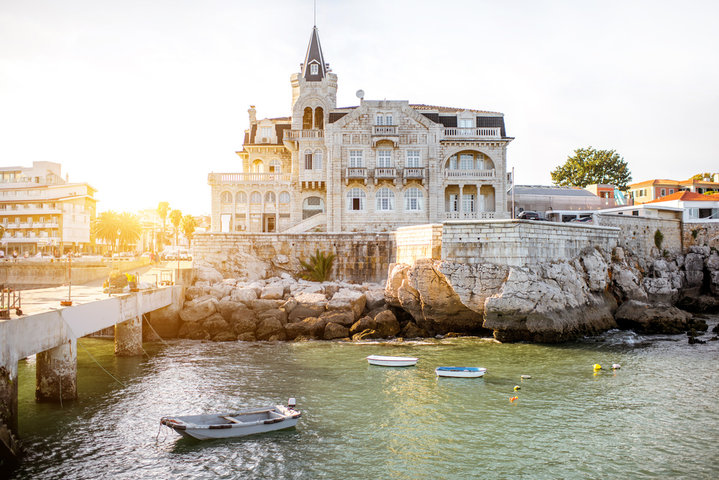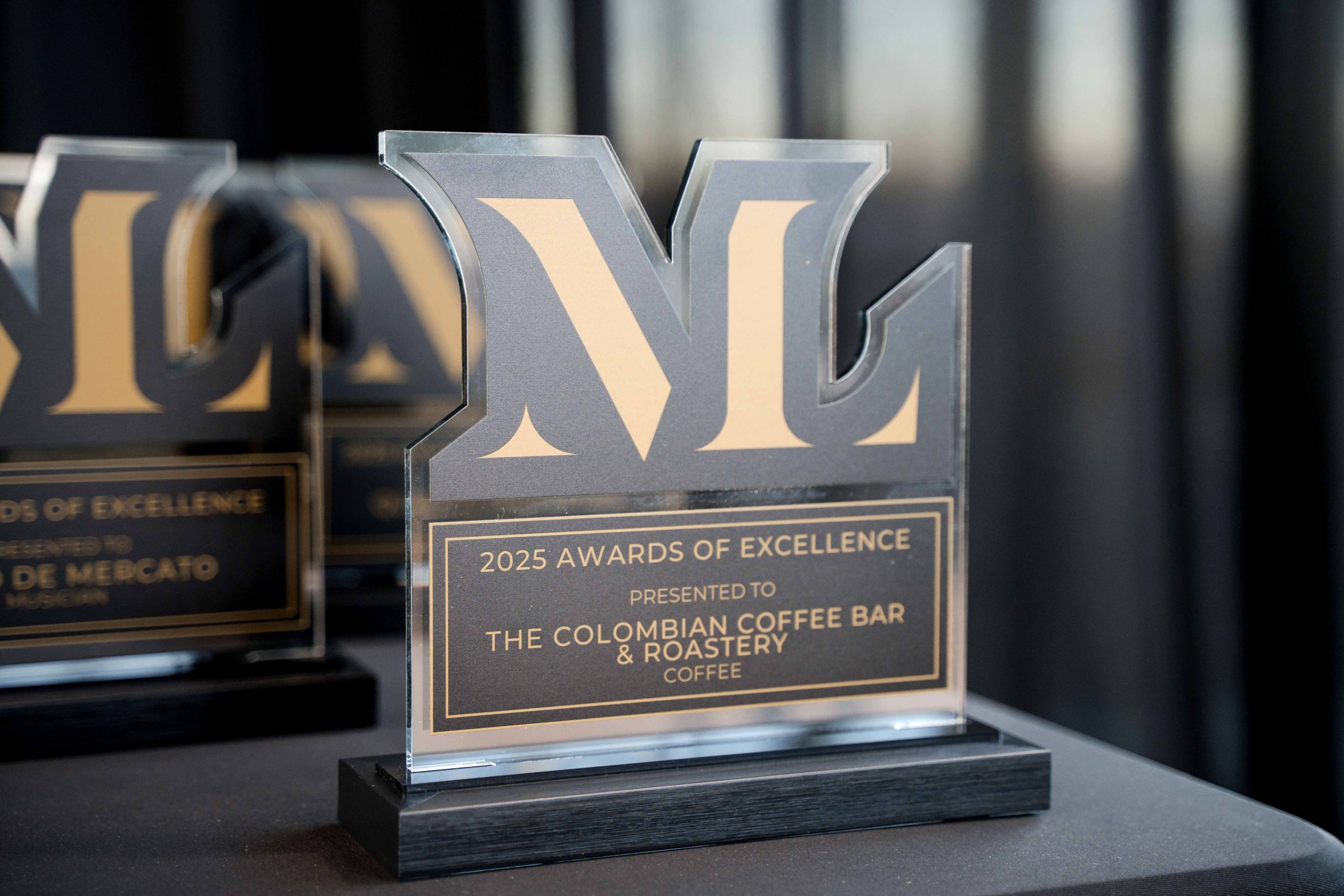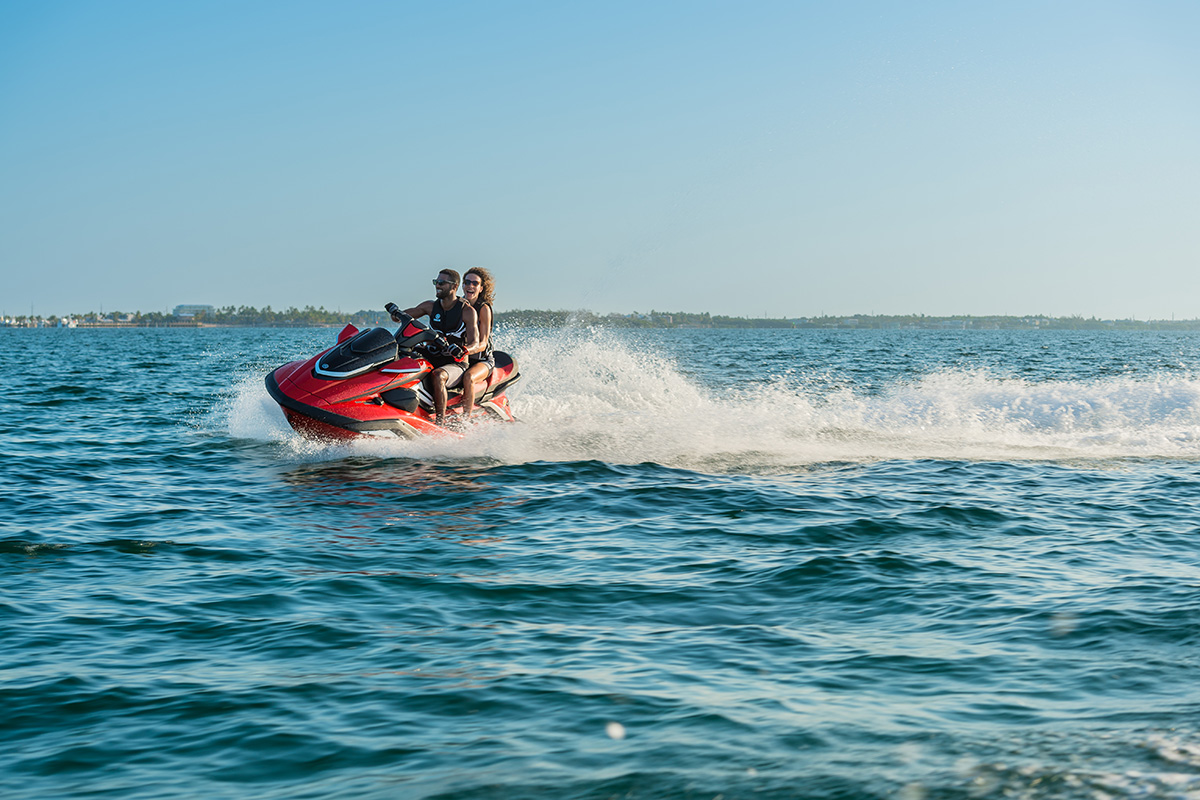Celebrate the season with an ultimate indulgence
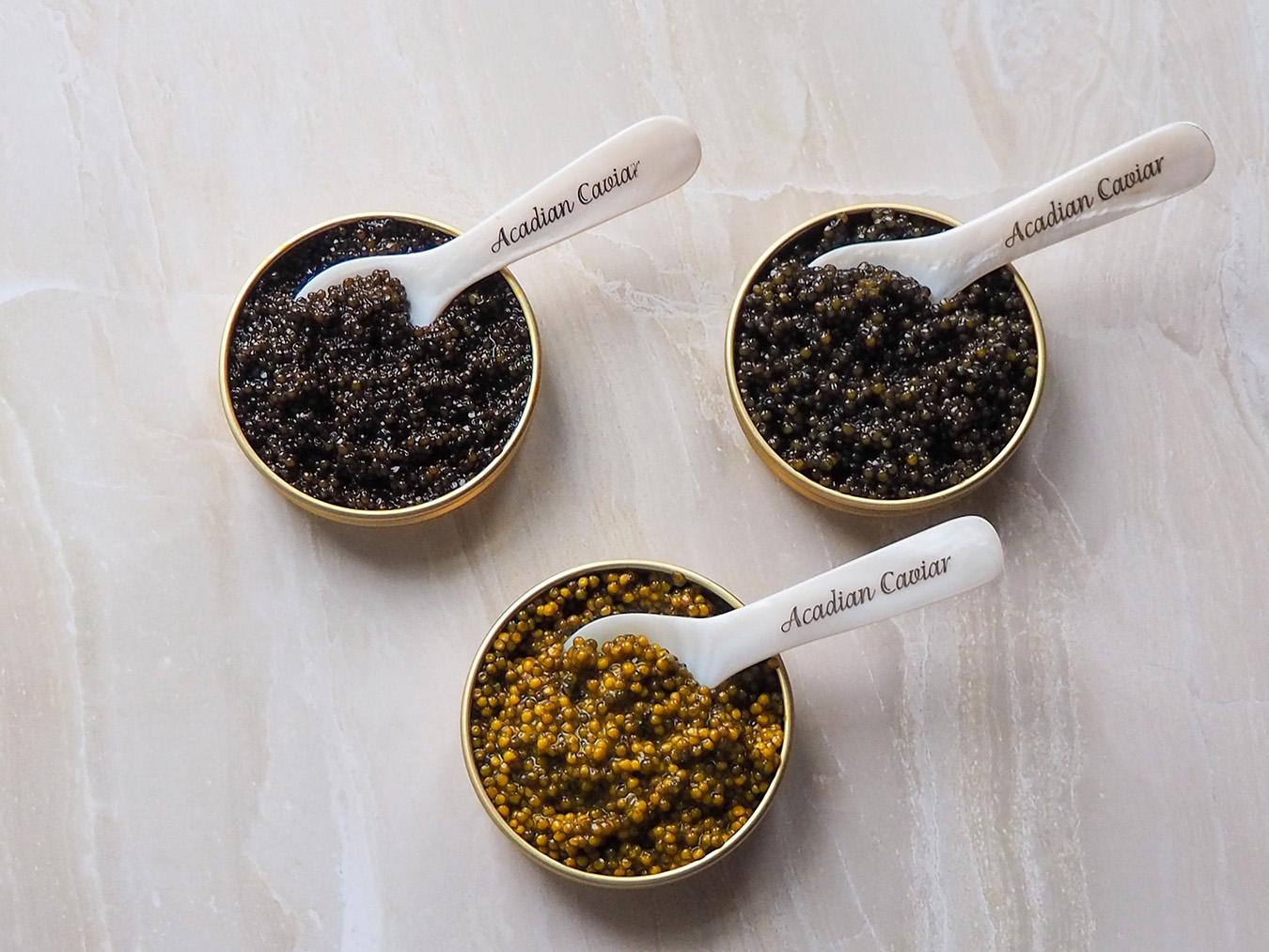
Wondering what to pair with that bottle of bubbly this holiday season? Look no further than our own eastern shores for some tasty decadence.
The caviar produced by Acadian Sturgeon and Caviar near Saint John, New Brunswick, is superior to the best in the world, according to owner Cornel Ceapa, and by best he means beluga, ossetra and sevruga, eggs of legendary status.
Ceapa says a reason why those three are so well known is because for 120 years, they were the only caviars marketed on a global scale. But little do people know that North America was a leader in caviar production, and it was served to saloon patrons to encourage them to drink more because of the product’s saltiness.
“From about 1860 to 1900, most caviars in the world used to come from North America,” Ceapa explains, “and they were actually from the two sturgeon species that only our company offers now in the whole world—Atlantic sturgeon and shortnose sturgeon.”
Overfishing of wild sturgeon in the Black and Caspian Seas has led to importation bans by several countries over the years. Ceapa offers that overfishing of Atlantic sturgeon in the Saint John River didn’t happen most likely due to the cold climate.
“Our Atlantic sturgeon is the only fully marine/salt water sturgeon species in the world,” Ceapa says, claiming that the salinity, complex flavour, texture, and size of the eggs (called grains) is what makes it top notch.
Cornel Ceapa knows a few things about sturgeons. He holds a PhD in Sturgeon Biology (specifically the sevruga species) and has been studying aquaculture and fishery operations since the early 90s.
He and his wife, Dorina, started Acadian Sturgeon and Caviar in 2005. Their strategy of producing both wild and farmed caviar and sturgeon is unique and economically viable. Production and sales have substantially increased every year since.
“Our farmed sturgeon are farmed more naturally and responsibly than other available farmed caviar,” he says, noting that the gravity fed, land-based fiberglass tanks offer a natural cycle that allows the fish to sleep, in a sense, during the winter. This is something he says is contrary to recirculation systems “where fish are kept in warm water year-round or cage aquaculture in lakes (like in China) that is very bad for the environment.”

Which caviar will grace your table this holiday season? This should help you decide:
Acadian Wild: at 1.8 to 2.4 mm, the grains of this caviar are similar in size to that of sevruga. This caviar is umami forward, nutty and buttery in flavour with a melt-in-the-mouth texture.
Acadian Gold has larger grains, akin to ossetra at 2.5 to 2.8 mm. The texture is medium-firm, and the flavour is milder than the Wild with buttery notes and hints of sea salt.
Acadian Emerald’s grains have a green hue with amber reflections. They can run slightly larger than the Gold (2.5 to 3.0 mm) and have a creamy, buttery flavour with notes of seaweed.
To fully embrace the flavour and texture, the best way to eat caviar is to “bump” it—a technique that involves putting a small amount of caviar on the back of your hand and licking it off. Using your tongue to push the briny beads to the roof of your mouth helps to crush the eggs and release their flavour. Bumps are usually followed with a sip of dry champagne or chilled vodka.
Caviar is also enjoyed on toast points or blinis (tiny buckwheat pancakes) with a bit of crème fraîche and fresh herbs like chives or dill.
Treat yourself to a little decadence, this year. You’ve earned it.
Acadian sturgeon caviar can be ordered online, or through Costco’s (Canadian) website. Prices start around $90 for a 30 g tin.
What wine goes with Acadian sturgeon caviar? See Marcia Hamm’s recommendations on the next page.
Places To Be
See this month's local flavours, products, and services.



















